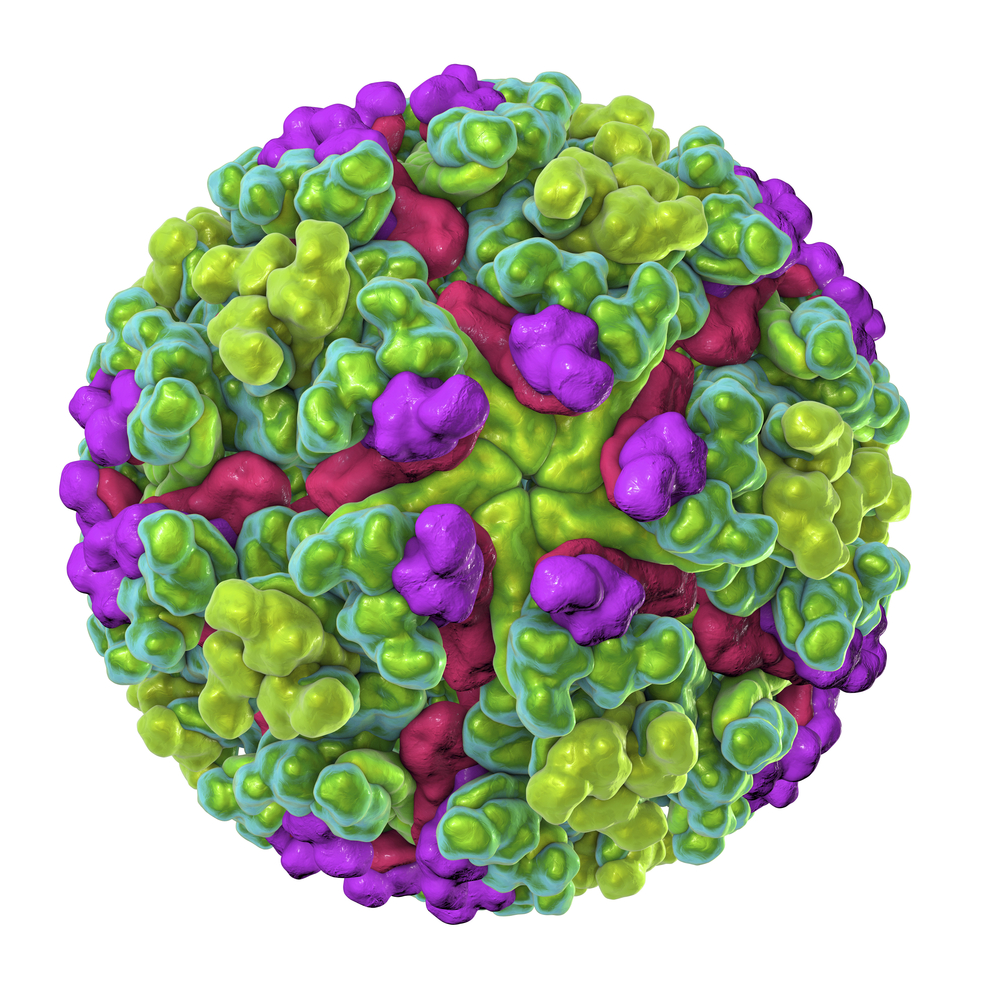CHIKUNGUNYA VIRUS VLP
Chikungunya Virus VLP (Virus-Like Particle) is a unique product that has been developed in response to the need for high purity, properly assembled and glycosylated Chikungunya virus antigens for use in the development of Chikungunya virus diagnostics and in vaccine development and R&D (including use as an immunogen). Chikungunya Virus VLP is produced in human cell lines using state-of-the-art expression techniques. The Native Antigen Company Chikungunya Virus VLP is constructed from E1, E2 and C proteins. Concentration and purification is then performed by a series of ultracentrifuge and chromatographical methods which result in VLPs of exceptional quality and purity. Virus-Like Particles (VLPs) are an emerging vaccine technology.
PRODUCT DETAILS – CHIKUNGUNYA VIRUS VLP
- Recombinant Chikungunya virus-like particles produced from HEK293 cells comprising E1, E2 (NCBI Accession Number: Q5XXP3.1) and Capsid proteins.
- Completely non-infectious and over 90% pure.
- Stored in 0.02M tris-HCl pH7.5, 0.125M sodium chloride.
BACKGROUND
VLPs consist of protein shells comprising outer proteins specific to the virus in question. VLPs are more representative of how viral antigens are presented in vivo and whilst they are highly immunogenic they are non-infectious as they lack the core genetic material of the virus. Another important advantage of VLPs is that they more effectively activate key aspects of the immune response to achieve potent immune stimulation and to provide immunological memory. VLP-based vaccines have also shown to provide effective protection and are in current use for several diseases and in development for many others.
Chikungunya virus is a member of the genus Alphavirus in the family Togaviridae. Chikungunya fever is a mosquito-borne disease first identified in Tanzania in 1953. Since 2004 there have been extensive outbreaks in Africa and Asia, and in 2013 the first cases were identified in the Caribbean, and by September 2014 more than 650,000 cases had been reported in the Americas. Chikungunya fever usually starts 2–4 days after chikungunya virus infection, with clinical symptoms including high fever, rash, headache, vomiting, myalgia, and severe joint pain.
Because the virus is transmitted by the same mosquitos that transmit Dengue Virus and Zika Virus, and the clinical symptoms of infection with the viruses are also similar, it is important to be able to distinguish diagnostically between the different infections. Because the use of aspirin and other NSAIDs can increase the risk of haemorhage in Dengue fever, patients should be treated as having Dengue fever until a diagnosis of Dengue fever has been excluded.

